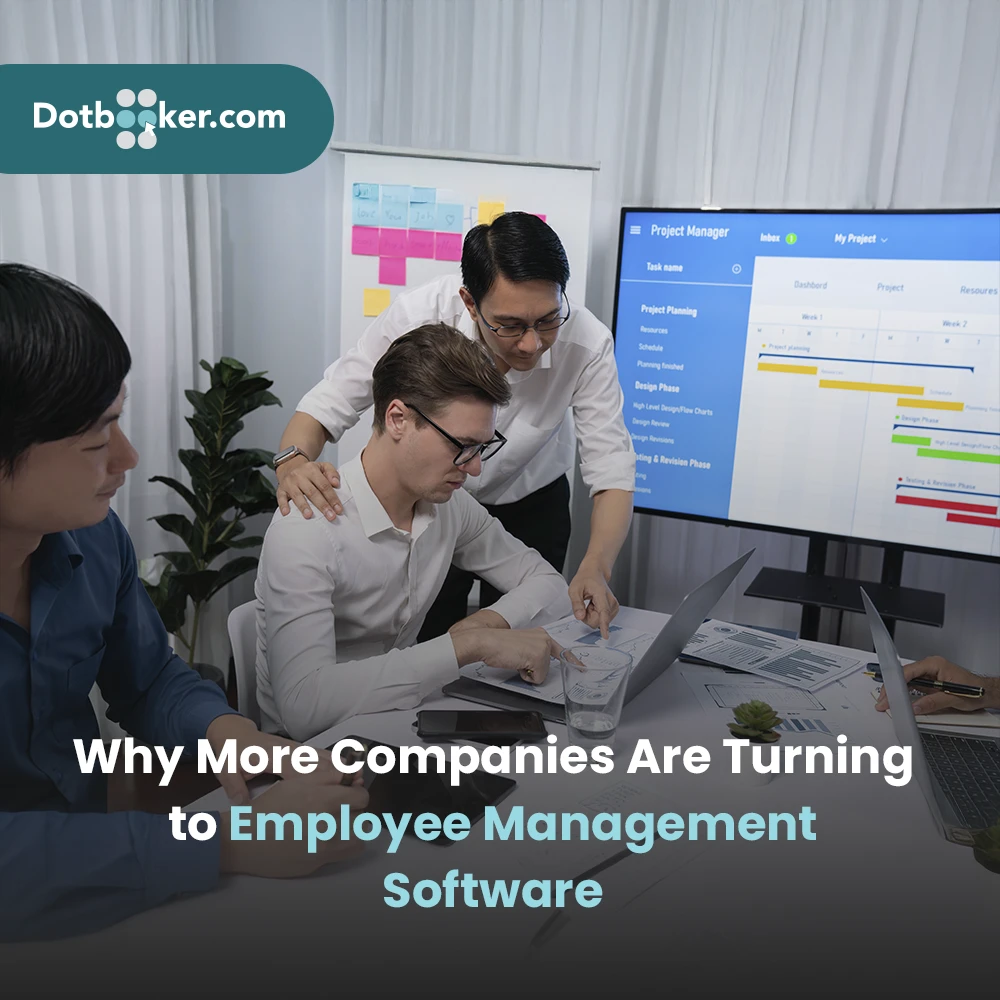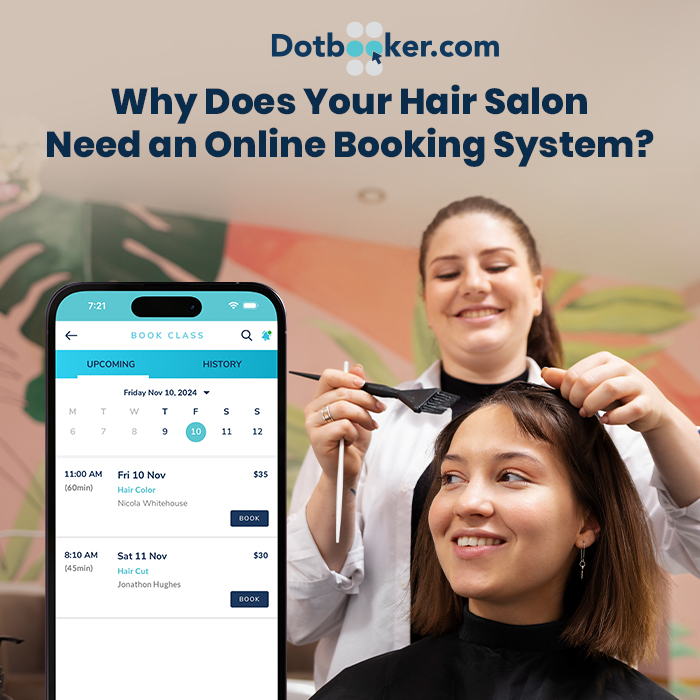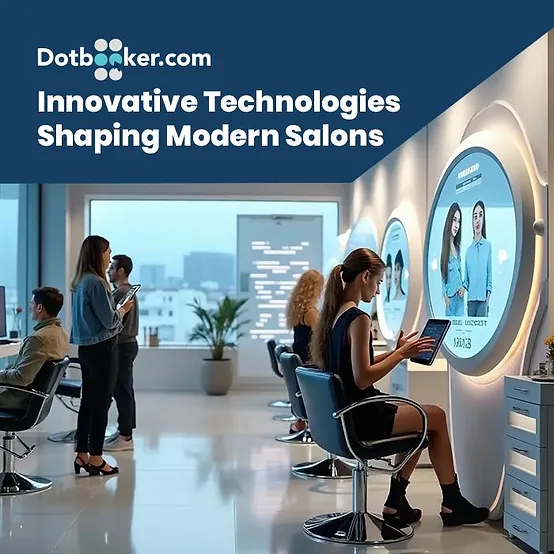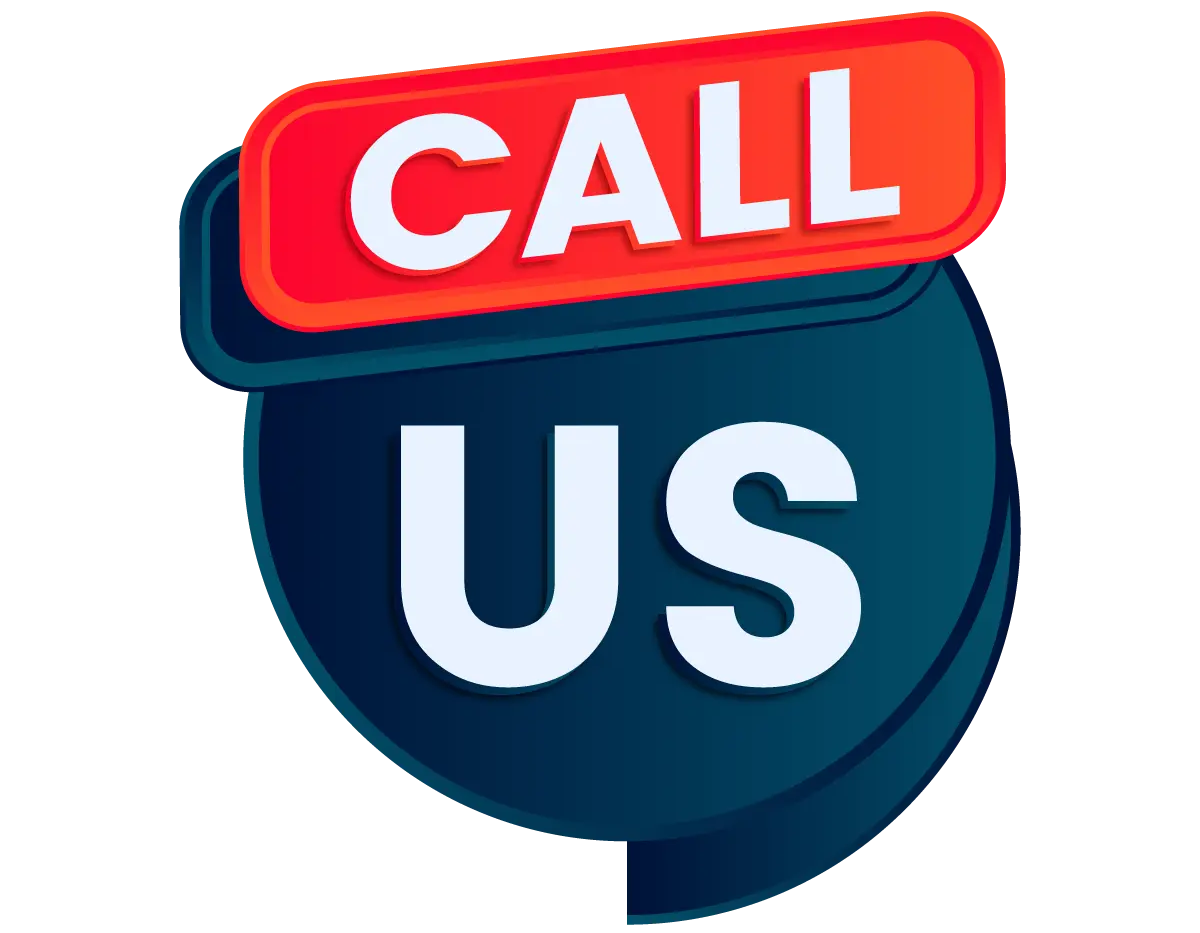
- By Dotbooker
- Jun 20, 2025
- 1240
Why More Companies Are Turning to Employee Management Software
Let’s start with a reality check.
Managing employees today isn’t just about tracking who clocked in or who applied for leave. It’s about aligning people, processes, and performance in a way that feels human — but is also smart, fast, and scalable.
Now here’s the catch: doing that manually? It's like using a flip phone in the age of AI.
Welcome to the era where employee management software isn’t just a “nice to have” — it’s becoming the secret weapon behind thriving companies.
1. The Old Way Was Slowing Everyone Down (and Driving Managers Mad)
Before technology stepped in, employee management was a cumbersome process involving sticky notes, spreadsheets, and human memory. Every new shift schedule or last-minute change brought anxiety.
Errors in attendance often went unnoticed until payroll, causing frustration and disputes. New joiners got onboarded through verbal instructions, and exit processes were often informal or undocumented.
This method wasn’t just inefficient — it was risky.
- Human errors caused payroll disputes.
- Shift confusion led to unstaffed hours and a disappointed client.
- Miscommunication resulted in some staff members showing up late or not at all.
- Time theft (intentional or accidental) went unchecked.
Managers spent more time solving scheduling messes than focusing on team morale or business growth.
When staff management systems entered the scene, they didn’t just automate tasks — they decluttered the mental load. With digital rosters, centralized updates, and auto-syncing tools, operational clarity became a daily norm.
The result?
Less back-and-forth. More time for strategy. And a team that feels supported, not micromanaged.

2. Today’s Workforce Isn’t Sitting Still — And Neither Should Your System
Let’s face it: your team isn’t bound to one chair or even one location anymore.
- A physiotherapist may work morning shifts at a clinic and teach yoga online in the evening.
- A salon manager may oversee two branches and a pop-up at an event.
- A fitness trainer might cover for a colleague last minute while managing their class load.
Work is fluid. Roles are hybrid. And team members expect flexibility, not rigidity.
That’s where employee schedule management software proves its worth. It allows businesses to manage:
- Split shifts across time zones or branches
- Dynamic availability with last-minute adjustments
- Remote attendance using geolocation and mobile punch-ins
- Multiple roles per employee (e.g., trainer + receptionist) with custom shift assignments
In a world where adaptability is currency, businesses using schedule management tools don’t just survive — they thrive.
They offer staff flexibility without losing control. And that creates a culture of trust, agility, and professionalism.
3. Attendance & Time Tracking: From Basic Compliance to Smart Analytics
Traditionally, attendance systems existed purely for documentation — a checkbox to satisfy labor laws or justify salary deductions.
But the new-age employee management software has reshaped this utility into a strategic tool.
Here’s how:
- Behavioral Insights: Track punctuality trends across departments and individuals
- Fatigue Detection: Spot employees clocking excessive overtime (risking burnout)
- Break Management: Ensure rest periods are honored, promoting health and fairness
- Policy Enforcement: Automatically flag policy breaches (like exceeding max work hours)
These systems use real-time data and historical patterns to highlight risks and suggest improvements.
For example, a spa manager might notice that therapists working back-to-back sessions exhibit increased absenteeism after two weeks, which could prompt more effective shift rotations.
Or in a pet grooming center, analytics may reveal that certain team members are consistently logging extra hours, hinting at understaffing in peak slots.
That’s not just attendance — that’s people-first, data-backed management.
4. Payroll Errors? Not on My Watch
Payroll is where trust is either built or broken.
One wrong number, and you’ve got a frustrated employee, an apologetic manager, and possibly a lost staff member. Multiply that over time, and it quietly chips away at workplace satisfaction.
Modern staff management systems change that by automating the pipeline:
- Time logged → Hourly wages auto-calculated
- Leave requests → Synced with salary deductions.
- Overtime hours → Highlighted for approval before processing
- Compliance rules → Applied based on location, role, and contract type
What used to take hours of manual checking and double-entry across tools is now streamlined.
And the real benefit? Confidence.
Your team trusts that they’re being paid accurately and fairly, and your managers sleep better knowing they aren’t going to face awkward conversations on payday.
5. Communication Gaps = Operational Traps
Here’s a common scenario:
You send out an updated shift schedule in the staff WhatsApp group. One team member misses it. Another forgot they swapped shifts. A third doesn’t show up, and your floor is shorthanded.
This isn’t a rare accident. It’s a systemic communication failure.
A well-designed employee management software acts like a centralized command center:
- Send real-time notifications about shift changes
- Track who’s seen what to ensure message delivery
- Allow in-app messaging between managers and employees.
- Push alerts for check-in deadlines, breaks, or important updates.
When communication becomes structured, clear, and trackable, it reduces no-shows, boosts accountability, and saves managers from having to play detective.
6. Insight-Led Management Builds High-Performance Teams
You can’t grow what you can’t see.
That’s why companies using employee management software are miles ahead — because data, not gut feeling, drives their decisions.
Let’s look at what these systems offer:
- Heatmaps of peak demand vs. staff availability
- Retention analytics show that staff are likely to churn
- Leave patterns that hint at burnout or disengagement.
- Training needs are identified through the tracking of performance and behavior.
So if your gym always struggles with Monday morning shifts, you’ll know it and plan better.
If a specific team member is logging frequent late check-ins after lunch, you can coach them early, before it impacts the client experience.
Data-backed empathy becomes the new management standard.
7. No More “It’s Too Expensive” Excuses
Ten years ago, sure — only large companies with IT departments could afford integrated HR systems.
But today? Even a 4-person massage clinic in George Town can get:
- Cloud-based staff management systems
- Affordable employee schedule management software
- Mobile-ready apps for time tracking and approvals
- Modular features (pay only for what you use)
No servers. No expensive licensing. No IT support needed.
You’re live in a day, and your team is onboarded by the weekend.
It’s this democratization that’s powering the rise of such tools across every industry — fitness, wellness, therapy, grooming, retail, hospitality, and more.
8. Standardized Processes = Less Dependency on Individuals
In many businesses, especially small to medium ones, a lot of employee-related knowledge lives in someone’s head, usually a manager or an HR executive.
What happens if they leave? Or take a vacation?
Everything from shift planning to leave approvals to task delegation hits a wall.
By using employee management software, companies can:
- Document workflows like onboarding, exit, or promotion
- Create role-based access to ensure responsibilities are shared effectively.
- Track handovers in a digital, transparent manner
This reduces dependency on individuals and ensures business continuity. It also helps new managers or team leads step in confidently without needing months of transition.
9. Legal Protection & Audit Readiness
In countries like the Cayman Islands and many others, labor law compliance is becoming increasingly stringent, particularly regarding working hours, break times, overtime, and documentation.
Companies using employee schedule management software and staff management systems enjoy built-in protections, such as
- Automated compliance tracking (e.g., max weekly hours, mandatory breaks)
- Audit logs of changes made to shifts, attendance, or records
- Historical data exports for legal queries or inspections
When disputes arise — whether it's about pay, leave, or dismissal — having a robust system that stores verifiable digital records can make all the difference.
Think of it as your digital shield — not just for efficiency, but for legal peace of mind.
10. Boosting Employer Brand & Retention
Today’s employees — especially Gen Z and millennials — expect workplaces to be modern and organized. If your business still relies on pen-and-paper shift charts or chaotic WhatsApp groups, it sends the wrong message.
With professional employee management software, you demonstrate that:
- You respect your employees’ time
- You’re transparent and organized.
- You invest in tech that improves their daily experience.
This impacts not just employee satisfaction but also talent attraction and retention. People want to work for businesses that run smoothly, have a well-structured approach, and utilize tools that support them.
In a competitive hiring market, these little things add up and set you apart.
11. Future-Proofing for Growth
One of the most overlooked advantages of switching to software is scalability.
A business with 6 employees may manage today with manual systems. But what happens when you expand to 20… then 50?
- Will you hire more admin staff just to manage people?
- Will your scheduling errors multiply?
- Will your managers become overwhelmed?
Companies that implement a solid staff management system early build a foundation that supports growth without needing to rework their entire process later.
That means you can:
- Onboard new locations quickly
- Add new team members without chaos
- Replicate best practices across branches.
Think of it like building your operations on steel beams instead of duct tape.
Take Control Before Chaos Controls You
The big picture?
Employee operations shouldn’t feel like a constant juggling act. Whether it’s managing people, shifts, time, or payroll, structure and visibility should be built into the way you run your business.
And now, that’s more accessible than ever.
Dotbooker: Your Partner in Building a Smarter Workforce
At the heart of every smooth-running studio, spa, or fitness center lies a team that’s synced, scheduled, and supported.
That’s exactly what Dotbooker makes possible.
More than just a booking tool, Dotbooker includes a powerful employee management engine that helps you.
- Build flexible staff schedules across locations and shifts.
- Track attendance via mobile, web, or biometrics.
- Automate leave and approval workflow.
- Integrate working hours into payroll.
- Communicate with your team in real time.
Whether you’re running solo or managing 50+ staff, Dotbooker helps you move from manual mayhem to methodical mastery — so you can focus on what matters: delighting your clients and growing your business.
Let your people operations shine. Let Dotbooker do the heavy lifting.
Popular Blogs

- Oct 20, 2022
- 4652

- Sep 08, 2024
- 3962

- Nov 11, 2022
- 3411

- Sep 16, 2024
- 2803
Transform your business now!

Get an expert consultation for your business's streamlined operations.
